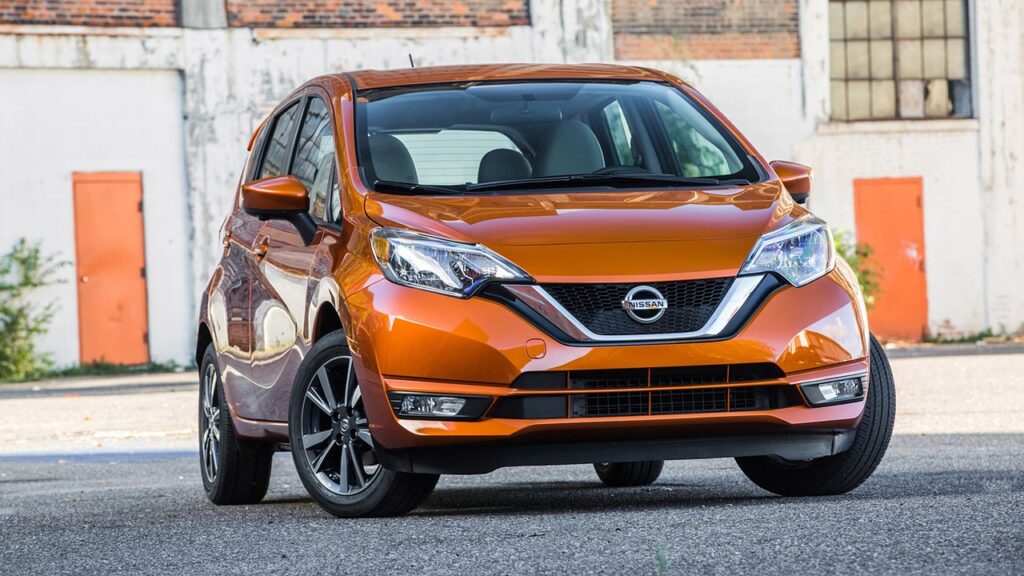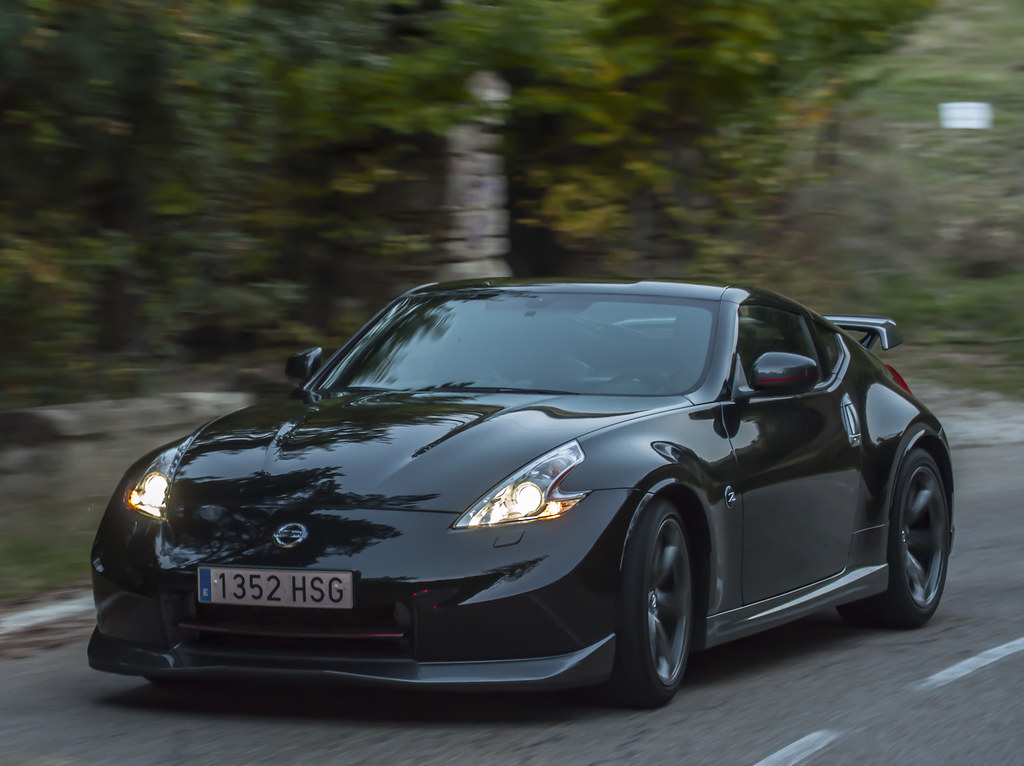For years, the automotive industry and its watchers have been in a tumultuous love affair with the concept of the fully electric vehicle (EV). It’s been hailed as the future, the clean, green solution to our fossil-fuelled problems. The narrative has been clear and compelling: the quicker we can transition to EVs, the better for our planet. This ethos was encapsulated by General Motors’ CEO Mary Barra’s statement to Motor Trend in 2019, asserting that EVs are the most direct route to achieving zero emissions. However, in the fervor to embrace this electric future, have we made a grave oversight by sidelining plug-in hybrids (PHEVs)? I’m inclined to believe so, and here’s why.

The talk on ICEs has mostly been negative, seen as the opposite of clean energy.
It’s an understandable sentiment, given the urgent need to address vehicle emissions. Yet, this binary perspective—electric good, combustion bad—obscures a nuanced reality. Plug-in hybrids, which marry an electric motor with a conventional ICE, have been dismissed as mere stepping stones to a fully electric future. But what if they’re not just a bridge, but a viable, even preferable, long-term solution?
The crux of the matter lies in the current capabilities and limitations of EVs and PHEVs.
EVs, for all their virtues, still grapple with issues of range anxiety, charging infrastructure, and the environmental impact of battery production. PHEVs, on the other hand, offer a compelling compromise. They provide a significant electric range that suits the daily commuting needs of most Americans, with the flexibility of a gas engine for longer journeys. Yet, in the United States, the focus has been disproportionately on EVs, a strategy that has arguably hindered rather than helped our environmental goals.
For starters, the American market has indeed seen a proliferation of EVs over PHEVs.
Data from EVadoption.com reveals a disparity in available models: 40 fully electric cars to just 33 plug-in hybrids. More starkly, certain segments like the pickup truck market—a prime candidate for electrification due to its inefficiency—lack PHEV options entirely. This imbalance is not just a matter of quantity but also quality. The current crop of PHEVs lacks the allure of their fully electric counterparts, often relegated to the most expensive variants of existing models with uninspiring electric ranges.
The marketing muscle behind EVs dwarfs that of PHEVs.
Rarely do plug-in hybrids enjoy their own spotlight, often missing out on dedicated media drives and advertising campaigns. The result? A public perception skewed heavily in favor of EVs, with PHEVs considered an afterthought. Yet, this narrative overlooks the practical advantages of plug-in hybrids. For the average American driver, who commutes around 30 miles daily, a PHEV with a modest electric range is perfectly adequate for daily use, reserving the gas engine for occasional longer trips.
The environmental calculus favors PHEVs more than one might assume.
Manufacturing a massive EV battery is an energy-intensive process, one that requires a significant amount of resources and emits a considerable amount of CO2. A smaller battery in a PHEV, complemented by a gas engine for extended range, presents a more balanced approach. It’s a solution that can satisfy the daily electric needs of most drivers while minimizing the environmental impact associated with large battery production.

Regrettably, the push for EVs at the expense of PHEVs has been shortsighted. It’s a strategy that has overlooked the immediate benefits of plug-in hybrids in reducing emissions today, in favor of an idealized electric future. But change is afoot. Automakers, once dismissive of PHEVs, are beginning to recognize their value. Initiatives to increase the electric range of PHEVs, such as those incentivized by the California Air Resources Board, are steps in the right direction. These efforts acknowledge that PHEVs can play a crucial role in our transition to cleaner transportation, provided they’re designed and marketed with the same enthusiasm as EVs.
It’s time we reevaluate our electric vehicle strategy.
While the allure of a fully electric future is undeniable, we must not disregard the potential of plug-in hybrids. They offer a pragmatic, environmentally friendly option that can serve as more than just a transitional technology. By embracing PHEVs alongside EVs, America can accelerate its journey towards a cleaner, more sustainable automotive future without compromising on practicality or environmental benefits. Let’s not make the mistake of overlooking the versatile and valuable role that plug-in hybrids can play in our green transportation evolution.
Related posts:
America Focusing On Electric Cars And Not Plug
Why Americans don’t want electric vehicles
The ‘greenest’ car in America might surprise you




